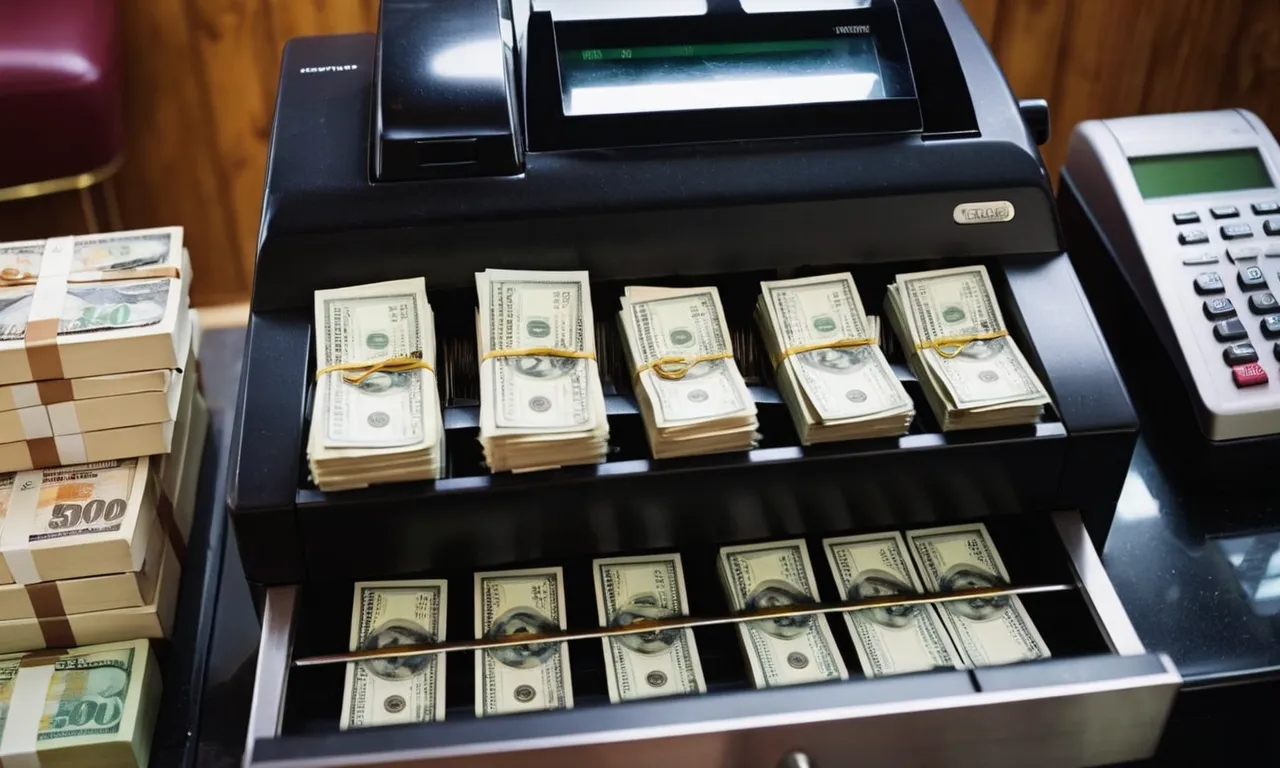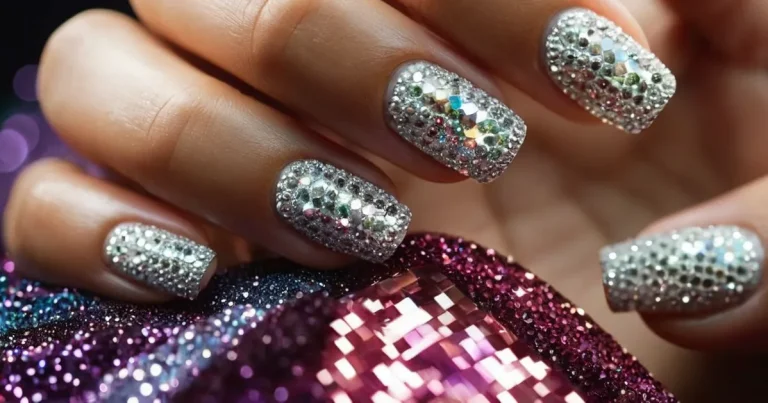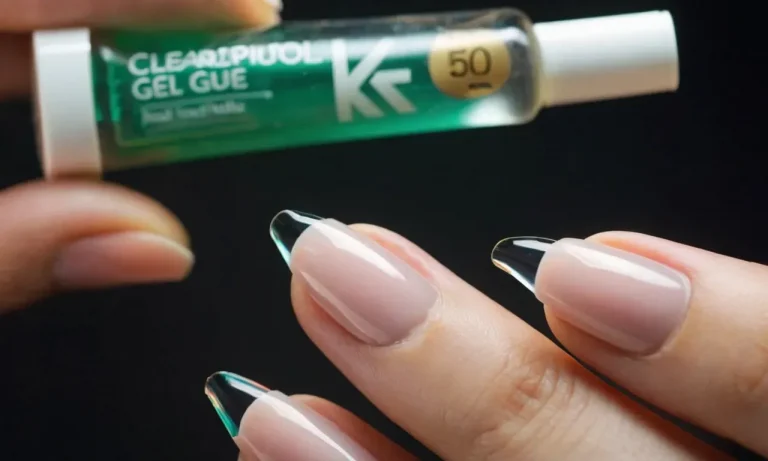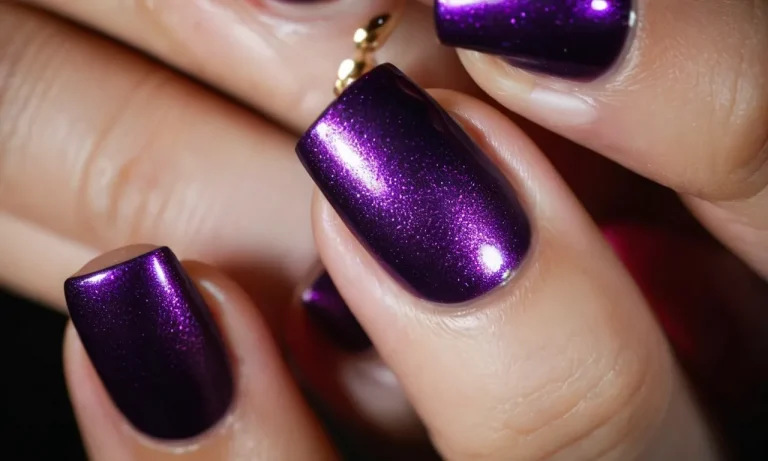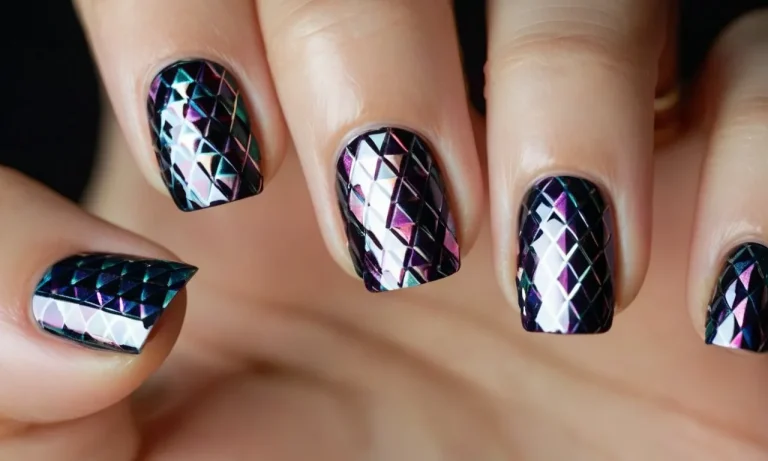How Much Do Nail Salons Make Per Year?
Have you ever gotten a manicure or pedicure at the nail salon and wondered how much money those places pull in? Nail salons have exploded in popularity over the last couple of decades as people invest more in personal care and beauty treatments.
If you want a peek behind the scenes into the lucrative nail industry, read on!
If you’re short on time, a quick answer is that most nail salons make between $80,000 and $500,000 per year on average. High-end nail spas in affluent areas can make over $1 million annually.
Average Nail Salon Revenue
Location Matters
The location of a nail salon can greatly impact its revenue potential. Nail salons located in affluent urban or suburban areas generally have higher revenues than those in rural locations. Accessibility and visibility are also key factors.
Salons located in high foot traffic areas like shopping malls or central business districts tend to attract more walk-in customers. Proximity to public transit hubs also helps. According to industry research, the average annual revenue for a nail salon in a major metro area like New York City or Los Angeles is $280,000 compared to $150,000 in suburban areas and $120,000 in small towns.
Service Offerings & Pricing
The types of services offered and pricing play a big role in nail salon revenues. Salons that offer a wide variety of nail services – manicures, pedicures, acrylics, gel polish, nail art, waxing, facials, etc. – tend to make more than those with a limited menu.
Salons can boost revenues by providing premium services like luxury manicures with hand massages. Upselling clients on add-on services like paraffin dips and charging slightly above average market prices enables salons to maximize revenues.
According to industry data, the average nail salon takes in $50,000 to $60,000 annually just from manicure and pedicure services priced between $25 and $45 on average.
Competition in the Area
The number of competing nail salons in a geographic area impacts revenues. Saturated markets with many nail salons mean more competition for clients. Industry analysts recommend having no more than one to two competitors within a three-mile radius for optimal revenue potential.
Salons in highly competitive areas can differentiate themselves by specializing in certain services, focusing on exceptional customer service and building a loyal client base through memberships and incentives to stand out from the competition.
This enables them to charge slightly higher prices and maintain steady business even when competition is fierce.
Average Expenses for a Nail Salon
Rent & Utilities
Rent and utilities like electricity, gas, water, and waste disposal are typically one of the highest regular expenses for a nail salon. Location plays a big role here, with rental rates varying greatly depending on factors like neighborhood, foot traffic, size of the space, etc.
However, on average, a nail salon owner can expect to spend 15-25% of their total revenue on rent and utility payments. For example, a salon generating $200,000 in annual sales might pay $30,000-50,000 per year in rent and utilities.
Products & Supplies
The products and supplies used to perform nail services like gels, polishes, files, buffers, towels, and more also tally up as a significant cost. Industry estimates put average product and supply costs around 15-25% of total revenue.
So that $200,000 salon would likely spend $30,000-50,000 per year on items for manicures and pedicures. Reducing waste, buying wholesale, and comparing vendor pricing can potentially decrease these costs.
Salon Equipment
Outfitting a nail salon with essential gear like chairs, stations, sterilizers, and furniture requires considerable upfront investment and ongoing costs as items wear out over time. Salon owners should budget around $5,000-10,000 upfront per manicure station, plus maintenance and periodic replacements adding up to 10-15% of revenue per year after that.
Good equipment improves the client experience and allows nail techs to work efficiently.
Labor Costs
Labor costs refer to what nail salon owners must pay hourly employees like manicurists and pedicurists. Industry benchmarks call for spending 25-35% of total revenue on labor, but quality techs are in high demand right now.
Some owners invest more in attractive pay, benefits, and commissions to recruit and retain top talent. Strong nail techs not only deliver excellent services, they also attract new clients through word-of-mouth.
Licenses, Permits & Insurance
Finally, nail salon owners deal with recurring licensing, permitting, and insurance fees including:
- Business license – $50-$100 annually
- Seller’s permit – $0 annually
- Land use permit – $100-$500 one-time
- Health department permit – $100-$200 annually
- Liability insurance – $500-$1500 annually
These bureaucratic expenses seem small individually. But they stack up over time and quickly become just another staple cost of operating a salon. Shopping around helps keep these expenses in check so more revenue goes to growth.
Profit Margins for Nail Salons
Operating a nail salon can be a lucrative business, but profit margins vary widely depending on factors like location, services offered, and operating costs. Here’s an overview of the profit potential for nail salons:
Average Profit Margin
According to industry research, the average profit margin for nail salons falls between 45-60%. However, individual salons can see higher or lower margins based on their unique circumstances.
Factors Affecting Profitability
Some of the key factors that influence nail salon profitability include:
- Location – Salons in high-traffic areas like malls or busy downtown districts tend to earn higher revenues.
- Services Offered – Salons offering high-end services like luxury manicures and pedicures earn more per client.
- Staff Costs – Salons with lower labor costs and commissions tend to retain more profits.
- Product Sales – Selling retail products like nail polish boosts profits.
- Rent – Salons with lower rental rates have higher profit margins.
Revenue Sources
Nail salons generate revenue from three main sources:
- Service Revenue – Manicures, pedicures, waxing, acrylics, etc. This accounts for 50-70% of revenue.
- Product Sales – Sale of nail products like polish, tools, and cosmetics. This is 15-25% of revenue.
- Tips – Gratuities from clients contribute 10-20% of revenue.
Average Prices and Costs
| Service | Average Price | Average Cost |
|---|---|---|
| Basic manicure | $15 | $5 |
| Pedicure | $25 | $8 |
| Full set acrylics | $50 | $10 |
As shown, nail salons mark up the costs of providing services significantly. This allows them to cover overhead and wages while still earning strong profit margins.
Maximizing Profits
Salon owners use strategies like inventory management, staff scheduling, and service bundling to maximize profitability. Location and pricing decisions also play a big role in profit margins. According to research by FranchiseHelp, higher-end nail salons in affluent areas can earn up to 80-90% profit margins.
Factors That Increase Nail Salon Revenue
Retention Programs & Memberships
Implementing retention programs like loyalty cards or paid memberships can significantly boost a nail salon’s revenue. These incentives encourage customers to return more frequently. For example, salons could offer every 10th manicure free, birthday discounts, or points towards free services.
Paid memberships providing perks like free add-ons, weekly deals, and targeted promotions also increase retention. Industry surveys indicate salons offering these retention tactics have over 20% higher growth in repeat visitors and sales.
Luxury Spa Services
Expanding service offerings beyond standard manicures and pedicures to include luxury spa treatments can substantially increase profits. High-end offerings like paraffin dips, hot stone massages, organic facials, body scrubs, and airbrush tanning attract an upscale clientele willing to pay premium prices.
Investing in advanced equipment and skilled technicians for these advanced services allows salons to charge higher fees. Statistics show salon revenue increases by over 30% on average when luxury spa options are added to their menus.
Social Media Marketing
Utilizing social platforms like Instagram and Facebook to market salon services and promotions is extremely lucrative. Strategically showcasing designs, hosting giveaways and contests, and engaging followers drives brand awareness and foot traffic.
Research indicates over 85% of salon customers discover businesses via social media and 40% make appointments after seeing targeted ads. Salons actively leveraging these marketing tools experience steady client acquisition and can earn up to 25% more yearly versus those avoiding social channels.
Excellent Customer Service
Providing an exceptional service experience leads to glowing reviews, referrals, and repeat visits down the road. Investing time in advanced customer service training for staff is key. Friendly receptionists, prompt attention, careful nail technicians, and top-notch sanitation practices all shape positive perceptions.
Follow up emails and feedback surveys also offer insights to improve. Statistics reveal that exceptional 5 star rated salons have up to 45% higher yearly earnings than their lower ranked competitors. Offering customers a memorable, pampered encounter ultimately drives business and bottom lines.
Conclusion
While most standard nail salons earn decent though not extravagant profits, there is certainly money to be made in the industry. Salons can boost revenues by attracting repeat clients, offering premium services and creating a great ambiance.
With strategic business decisions and dedication to customer satisfaction, a nail spa has potential to do very well year after year.

